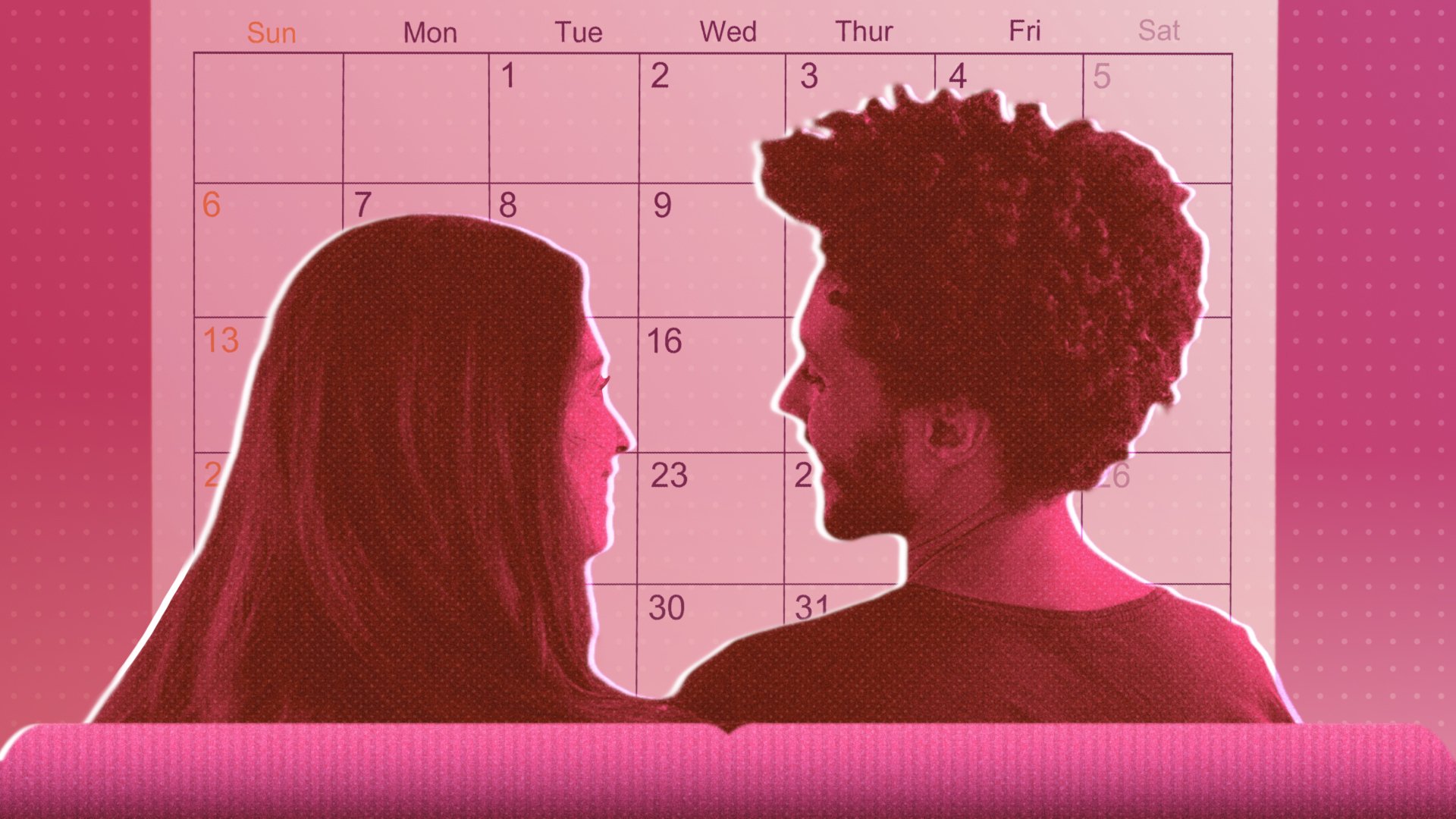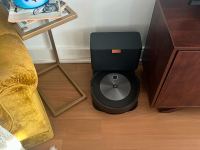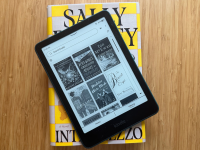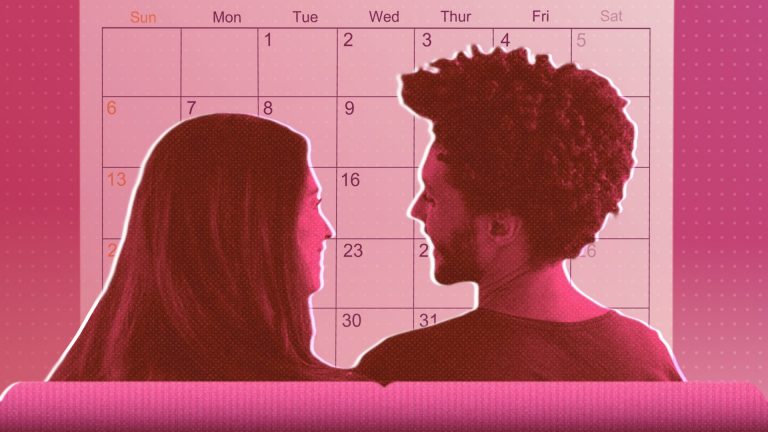
Cuffing season is here.
It coincides with autumn in the northern hemisphere and comes from the African-American Vernacular English (AAVE) term “cuffed,” meaning partnered. The idea is that as the weather gets colder, folks will want to bundle up with one person for the winter as opposed to wanting to date around as they would in the warmer months.
Here’s everything you need to know about cuffing season, including the biggest trends.
Is cuffing season real?
Cuffing season doesn’t have scientific studies to back it up, explained sexpert for sex toy brand LELO, licensed psychologist, and certified sex therapist Dr. Laurie Mintz. Its popularity and anecdotal evidence, though, suggests there’s something to it, Mintz told Mashable.
“Cuffing season likely has both biological and social influences. Biologically, testosterone peaks in October and November, increasing sexual desire. The drop in serotonin during the winter can lower mood, and being with a new partner might help boost that mood,” Mintz explained. “Add to this the cold weather, which fosters a desire to snuggle, and the anticipation of the holiday season, which may create a yearning to avoid being alone during this time.”
When is peak cuffing season?
Just as there’s peak time for fall foliage, there’s a peak time for dating app activity as well. Over the past three years, Tinder’s highest activity over the autumn months has been the first two weeks of November, the app told Mashable. Using the apps at this time may lead to more matches.
Tinder identified “Peak Season” overall as Jan. 1 to Valentine’s Day on Feb. 14. This year, users sent 58.7 million more likes and 11.4 million more messages during peak season than the rest of the year.
What are this year’s cuffing season trends?
The dating apps identified several trends during this particular cuffing season:
1. Rise in open relationships, but a decrease in kink
Around a third of daters on OkCupid (34 percent) are open to, well, being open, according to the app’s blog post. This is up slightly from 32 percent in 2022. At the same time, the amount of OKC users interested in kink and BDSM has slightly waned: down six percent in the last three years, from 42 to 38 percent.
Feeld, the app for kinky and nonmonogamous people, has seen that younger people are kinkier but also fantasize about monogamy.
2. Openness about tough topics
Nearly all (99 percent) of 1.5 million OkCupid daters believe mental health is as important as physical health. Out of almost one million OKC singles, 94 percent are open to discussing mental health with their partner. This is part of an ongoing trend since lockdown, where people are more vulnerable about their mental health.
Money can be a sticky subject, especially for those who just started dating. OkCupid found that singles who keep a budget get 25 percent more matches than those who don’t — and have 16 percent more conversations on the app.
In terms of one’s values, Tinder’s resident relationship expert, Devyn Simone, advised singles not to waste their time with someone with mismatched values during cuffing season. “It’s way better to have those real talks upfront than to find out at Thanksgiving that they’ve got beliefs you just can’t get behind,” Simone said.
3. Politics on the apps
OKC found that most respondents (68 percent) said it’s not a deal breaker if their date votes for a different candidate. But the same amount of liberals said it is, compared to 30 percent of conservatives and 16 percent of moderates.
This is somewhat aligned with what Coffee Meets Bagel found, which is that most left-leaning users consider political alignment at least somewhat important.
Eighty percent of Tinder singles said politics are important to their identity, according to Simone, so most will appreciate an open conversation about where one stands. A study by Tinder earlier this year found political apathy can be a huge dating dealbreaker.
4. Renewed optimism for dating
While the vibe around dating right now is less than stellar — people are resorting to dancing on TikTok to find potential mates — Bumble found that more than half of Gen Z (55 percent) say they’re looking forward to what the new year will bring them in their dating life, according to a survey of around 5,000 U.S. consumers between 18 and 35.
More than half of Gen Z respondents (54 percent) say the holiday season is the perfect time to date and find a potential partner. Forty-four percent are more excited to date in winter than any other season because of the seasonal events.
Three out of four of all respondents see the “glass half full” when it does to dating and agree that some dates just don’t work out, and 57 percent focus on the positives of dating — meeting someone new is the fun part. Let’s all bring this kind of optimism into cuffing season this year.



















0 Comments